Walking the Uffington White Horse: 'A delicate carving in the chalk bounding gracefully across the hillside'
Fiona Reynolds takes a walk through Wiltshire and cannot help but feel the hand of history on the 6,000-year-old Ridgeway — not least at the famous Uffington White Horse.
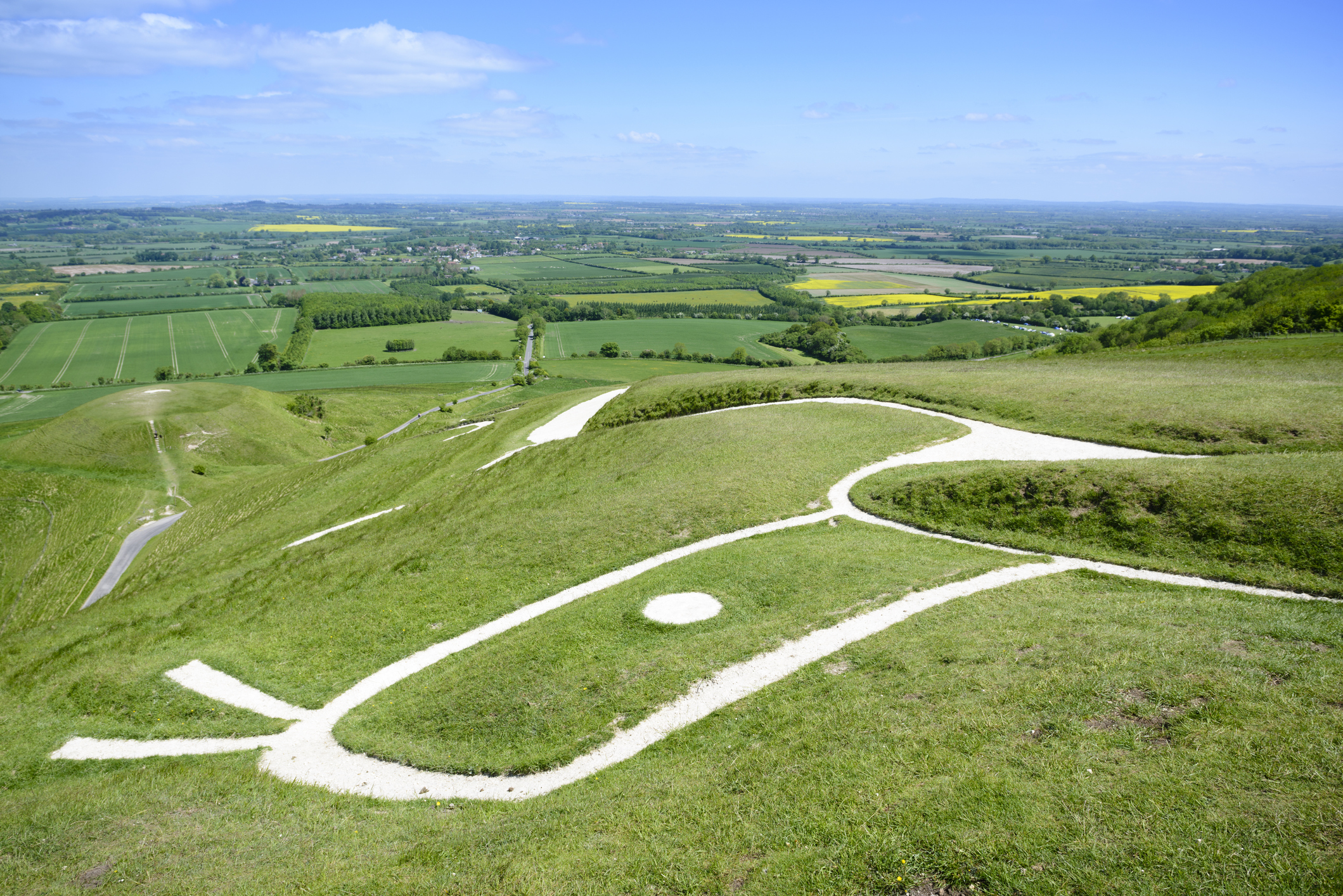

A piece of landscape can carry an undeniably spiritual feeling.
The thought of all those who have preceded us, living and working where we walk now, can be incredibly moving — and never more so than where those ancient hands have left physical reminders of their presence. For ages, I’ve wanted to walk the Ridgeway, an 87-mile route along the chalk ridge of middle England from Avebury in Wiltshire to Ivinghoe Beacon in the Chilterns, a prehistoric ‘highway’ that has existed in some form for 6,000 years.
All along it are hill forts and monuments, evidence of the earliest settled life in Britain. Wayland’s Smithy is one: a spectacular burial chamber with massive stone portals dating from 3600bc. Another is the Uffington White Horse: a delicate carving in the chalk bounding gracefully across the hillside, representing a culture out of reach of today’s material world.
As lockdown eases, I join my dear friend Helen Browning, head of the Soil Association, who farms organically at Bishopstone, a Wiltshire village just below the Ridgeway, for a voyage of discovery. We pick a gorgeous day for it, walking up a dry chalk valley from her farmhouse through clouds of butterflies — marbled white, hedge brown and small copper — fluttering through the wildflowers, pyramidal orchids and woolly thistle, a local speciality, among them.
We join the Ridgeway and walk east on its white chalk trail lined by trees as it curves sinuously across the downs. This is Helen’s country and she regales me with her childhood memories of riding here. Before long, we’re at Wayland’s Smithy, grateful for the cool tree cover and astonished by the ambition of its makers.
On we go, until, a short way off the track, we find ourselves above the White Horse, surprised by its delicate smallness in this huge, rolling landscape as it surveys the vale below. Having recently read David Miles’s brilliant book, The Land of the White Horse, I make Helen descend to Dragon Hill and climb back up again to get a true sense of this place.
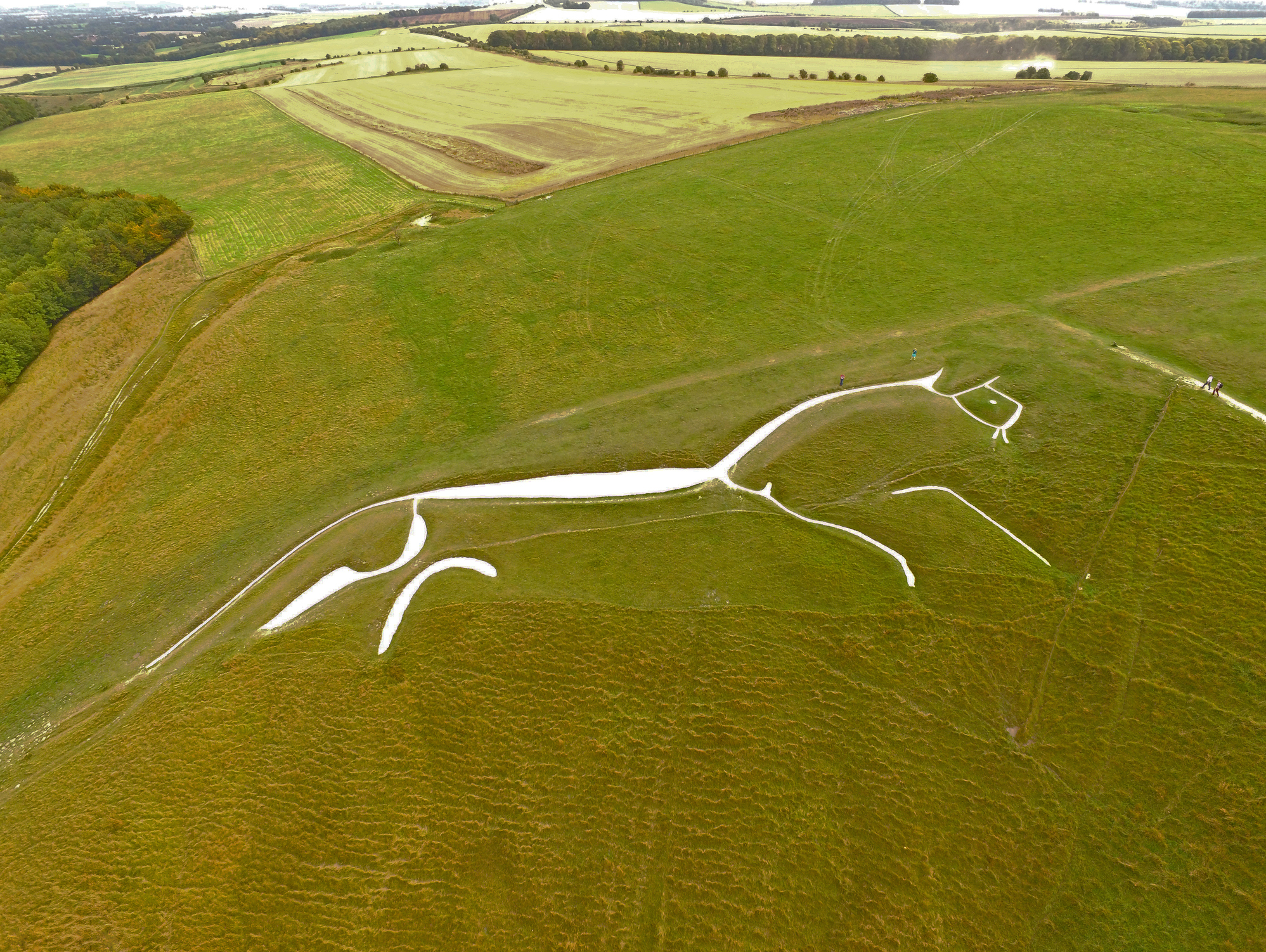
The book tells of the mythology and debates about the horse’s origins, culminating in the author’s archaeological investigation in the late 1980s, which concluded that it is, indeed, ancient, first made in the late Bronze Age. That makes us think. Its survival must be due to its captivating hold on people’s hearts and minds, ensuring regular cleaning (scouring) over three millennia, without which it would have been reclaimed by the hillside. Today, it’s safe in the hands of the National Trust.
Sign up for the Country Life Newsletter
Exquisite houses, the beauty of Nature, and how to get the most from your life, straight to your inbox.
Humbled, we climb back to the Ridgeway through the ramparts of the ancient hill fort, Uffington Castle, to resume our walk. We head south now, towards Lambourn (the Valley of the Racehorse), then turn slightly west and soon are quite alone, the busy Ridgeway far behind us. The landscape is just as beautiful and we guess that the route we’re on is just as old.
As we pause at the top of Weathercock Hill, we look back, the downs like a school of sleeping whales, gently rising and falling. We descend to Ashdown House, also in the care of the Trust, a perfectly proportioned ‘doll’s house’, a 17th-century hunting lodge standing proudly in its landscape, at its feet a field of sarsen stones reminding us again of those ancient earth and stone movers.
We climb to the top of the downs as we return to Helen’s farm, pausing to watch her organic pigs wallowing in mud in the heat of the day, to count the red kites — seven! — following the tractor and to admire her riotously green turnips.
Helen is an exemplar for many as we work out how to make farming more sustainable. Her mission, and deep love for her landscape, feels all of a piece with those early inhabitants, whose own love left us a beautiful, permanent message: to treasure the land for ever.
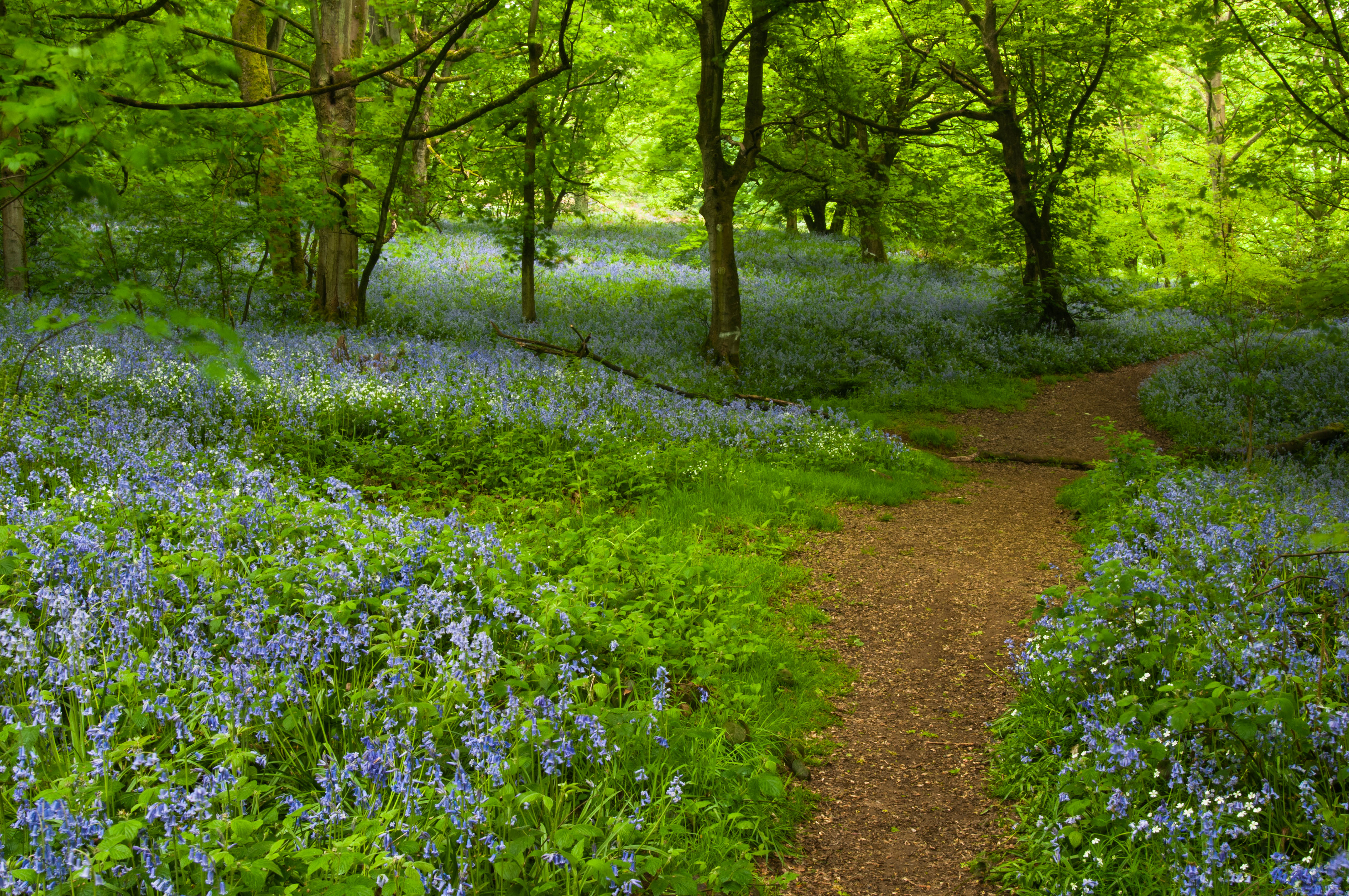
A walk through Badley Woods: 'My memory, is on fire, and I wander through the woods looking for places half-remembered, but intensely felt'
A return to scenes from a carefree childhood rekindles happy memories for Fiona Reynolds.
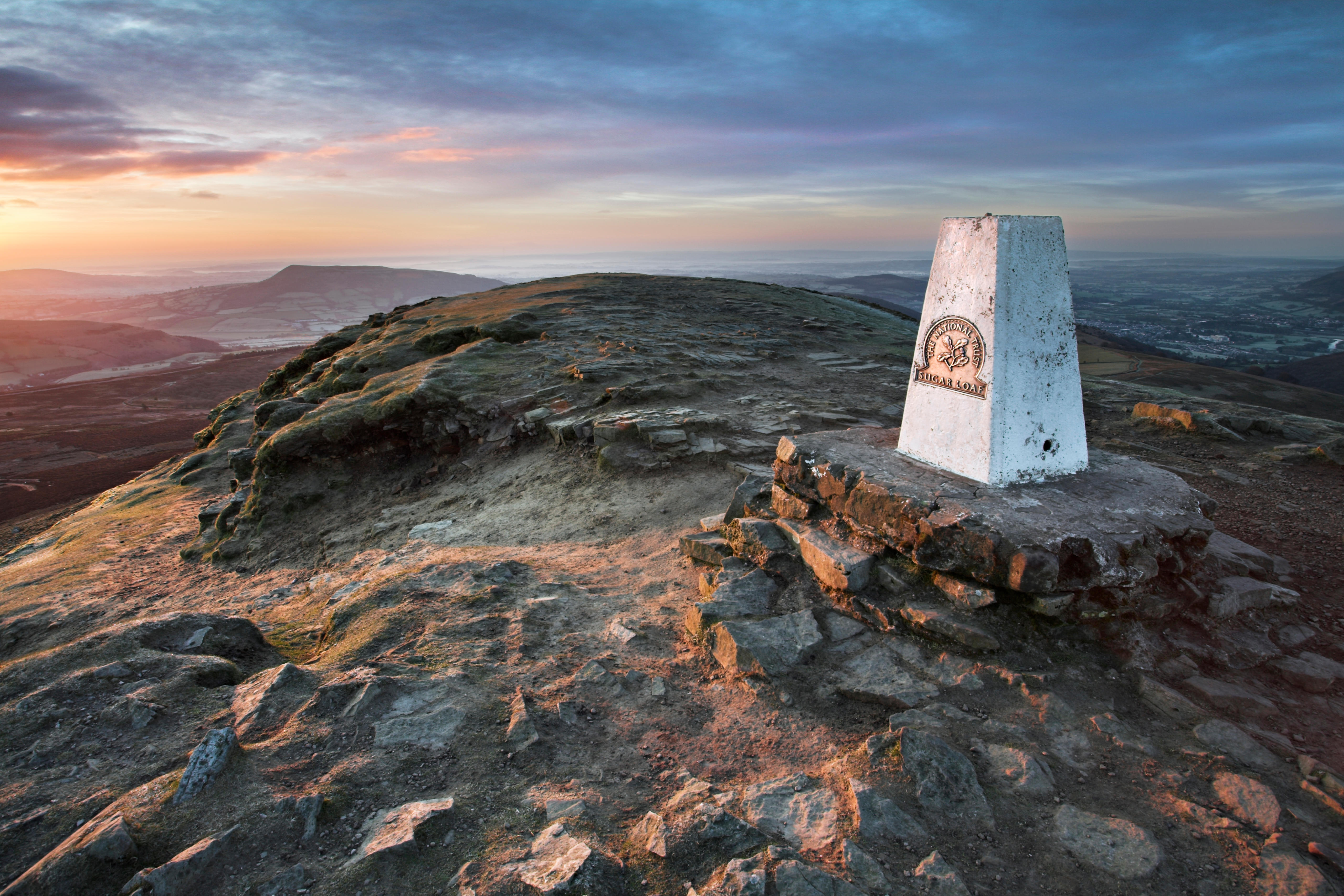
Climbing the Sugar Loaf, the irresistibly perfect mountain in a ‘wild and lovely’ setting
The Sugar Loaf in Wales’s Black Mountains is a satisfying little peak to conquer, as Fiona Reynolds explains.
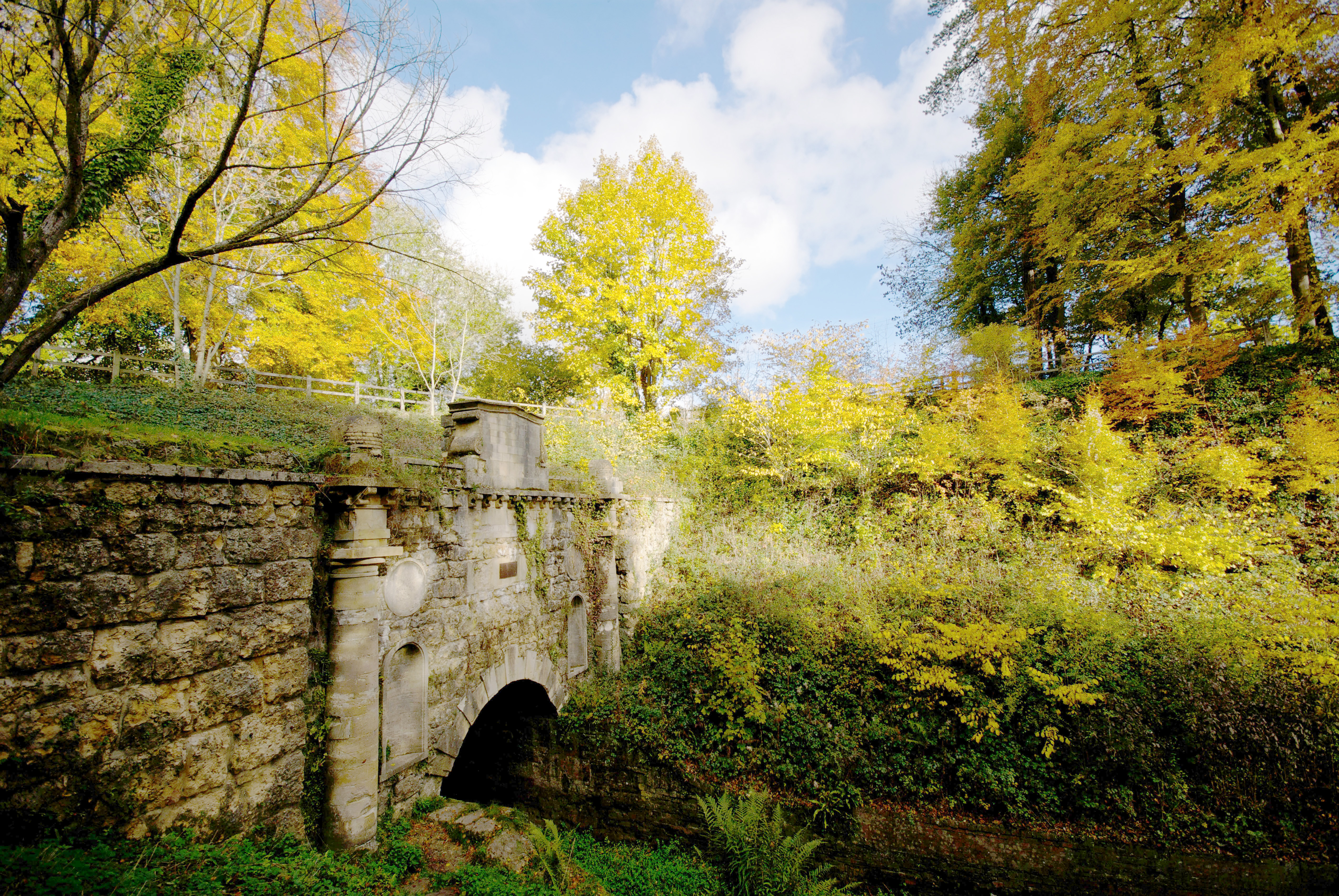
The 18th century canal tunnel that was a miracle of engineering, now reclaimed by Nature
The coronavirus put an end to Fiona Reynolds’ big walking adventures, but a local round along a Cotswold canal proved
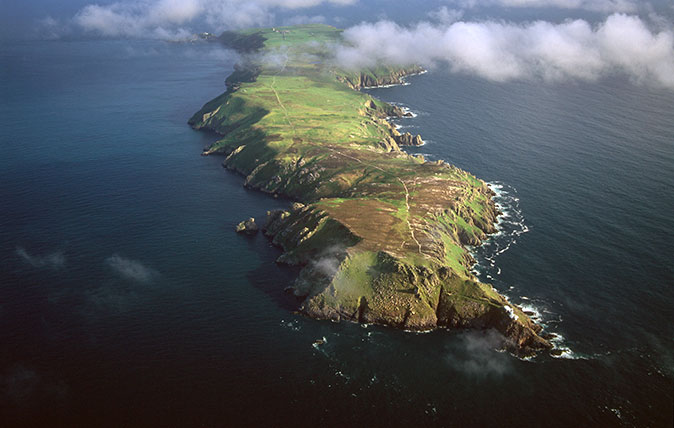
Credit: robertharding / Alamy Stock Photo
Lundy Island: The joys of a good walk, inspiring beauty and no phone signal
Fiona Reynolds was left refreshed and exhilarated after a trip to Lundy Island.
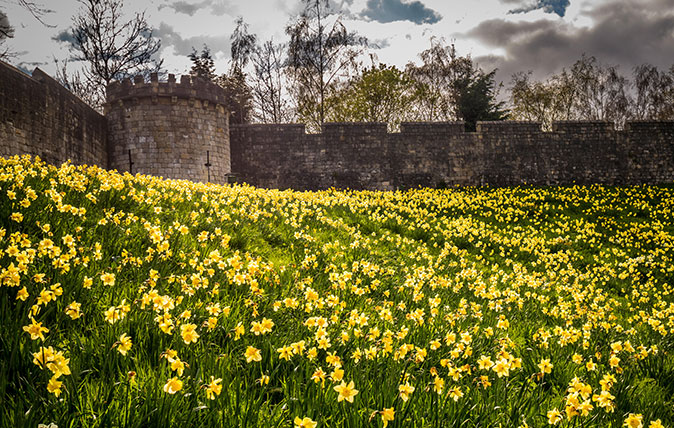
Credit: Alamy
A walk in York: Roman walls, battlements, turrets and the most glorious cathedral façade in Britain
Fiona Reynolds swapped the countryside for the city as she walked York's magnificent city walls.
Fiona Reynolds is chair of the Food, Farming and Countryside Commission, the former director-general of the National Trust, former Master of Emmanuel College, Cambridge, and the author of The Fight for Beauty. Follow her on Twitter @fionacreynolds.
-
 The Business Class product that spawned a generation of knock-offs: What it’s like to fly in Qatar Airways’ Qsuite cabin
The Business Class product that spawned a generation of knock-offs: What it’s like to fly in Qatar Airways’ Qsuite cabinQatar Airways’ Qsuite cabin has been setting the standard for Business Class travel since it was introduced in 2017.
By Rosie Paterson
-
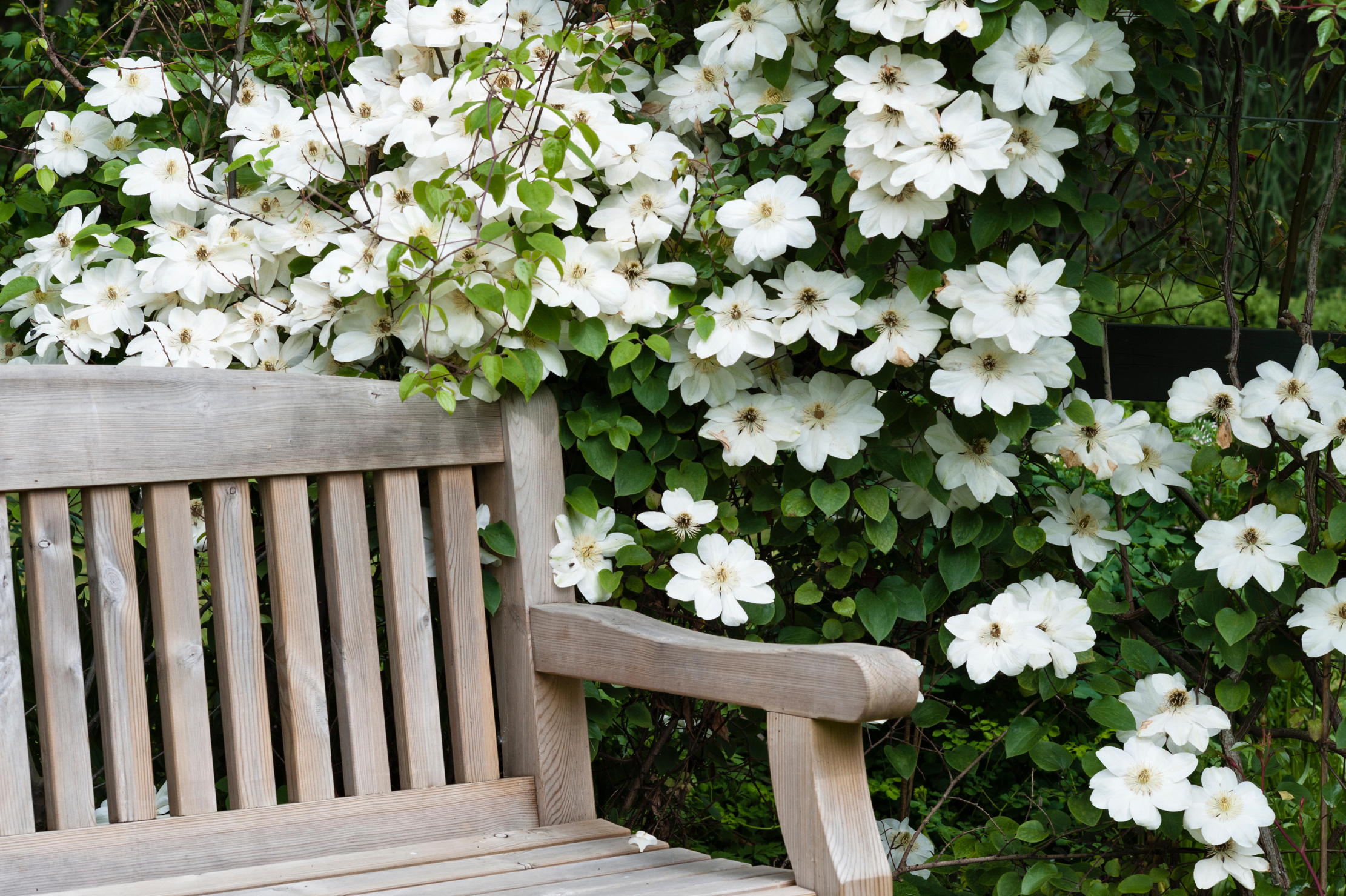 Six of the best Clematis montanas that every garden needs
Six of the best Clematis montanas that every garden needsClematis montana is easy to grow and look after, and is considered by some to be 'the most graceful and floriferous of all'.
By Charles Quest-Ritson